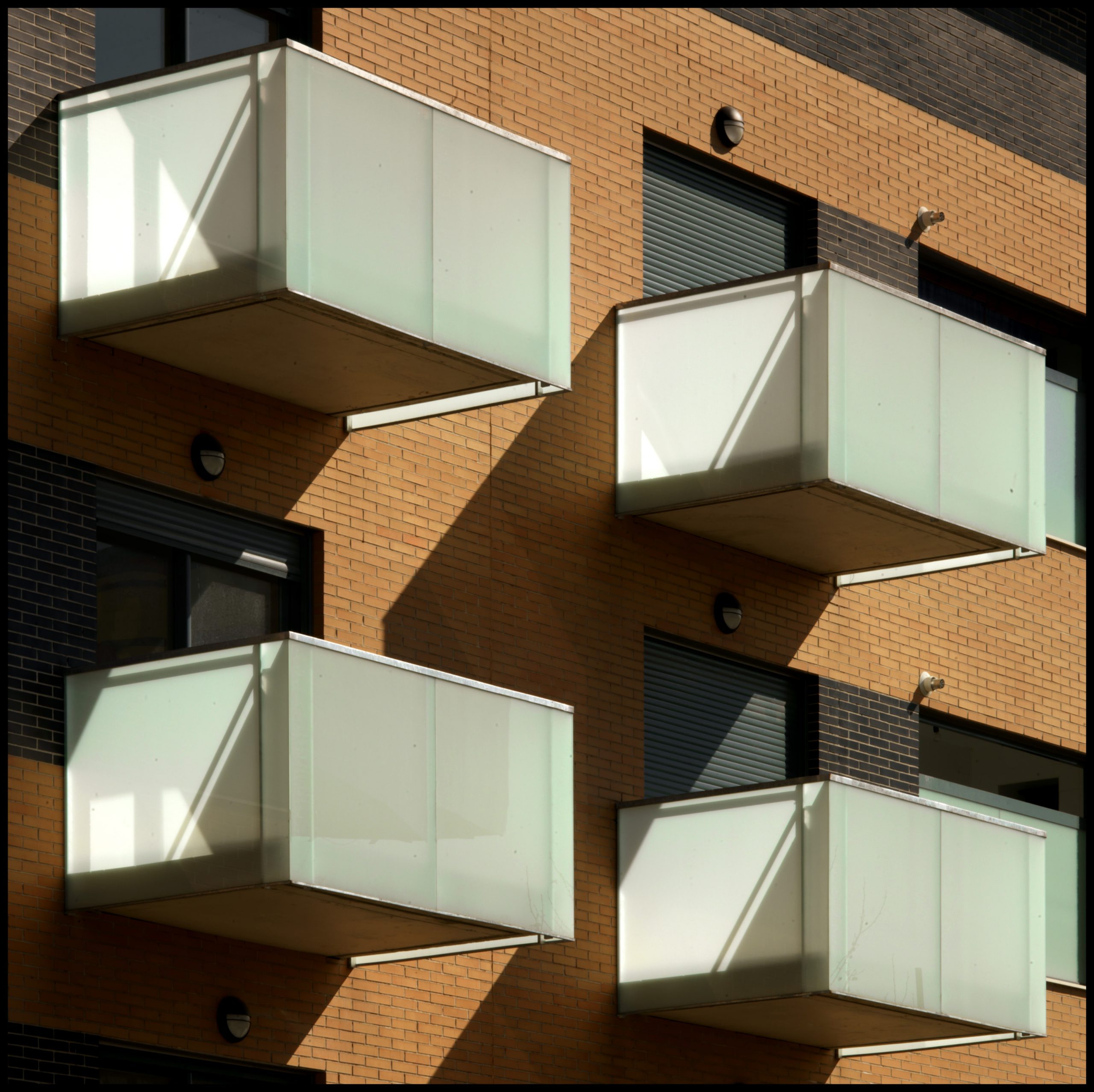Homes for teaching staff in Rey Juan Carlos University
190 HOMES FOR TEACHING STAFF
Location: Alcorcón Campus. Rey Juan Carlos University, MADRID.
Owner: Rey Juan Carlos University
Design: José Enrique Fombella Guillem and Antonio Mata Mesa
Construction supervision José Enrique Fombella Guillem and Antonio Mata Mesa
Date: 2005-2007
Following the example of prestigious educational establishments in other countries, the university decided to build rent-to-own housing for teaching and administrative staff on the same Campus.
The design of the typologies and their layout on the plot differed from the norm in terms of municipal planning regulation requirements. A detailed study had to be presented to change the planning regulations to allow the blocks to be articulated so that the pedestrian and vehicular accesses could be combined and limited in order to create pleasant outdoor spaces with a certain degree of privacy from the street.
The buildings are arranged in two blocks with a double row of dwellings and a pedestrian and car park entrance in the centre of each block.
Entrances are located in the middle of the two rows via a central pedestrian street, which also communicates with the play areas and pools.
The design generates the maximum amount of free space possible, producing an atmosphere and scale in line with the surroundings. The free spaces themselves can be enjoyed for relaxation and used for circulation.
The design of the communication cores, placed between the dwellings, also enhances the space, with bridges between the different blocks and direct access to the ground floor dwelling from the interior pedestrian path. The space is thus more urban and user-friendly, providing vertical communication with a minimum number of stairs and lifts.
The university proposed three types of home, with a specific design and layout for each type. All the homes have a private, secluded outdoor space, with direct access from the entrance.
The living rooms and kitchens face the busier outside areas and bedrooms look onto the quieter central pedestrian path. An attached study, with air and light from two directions, adds space to the living areas, endowing the homes with a complementary multipurpose area.


